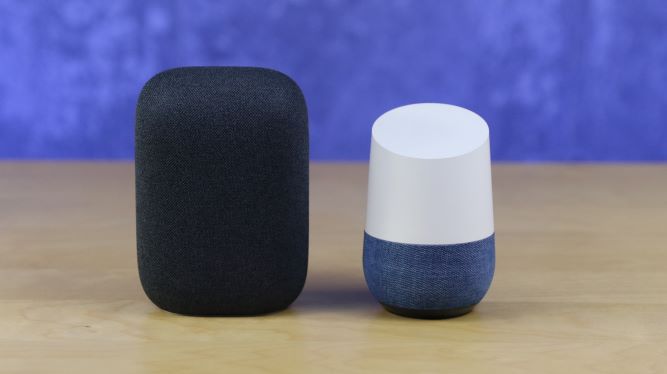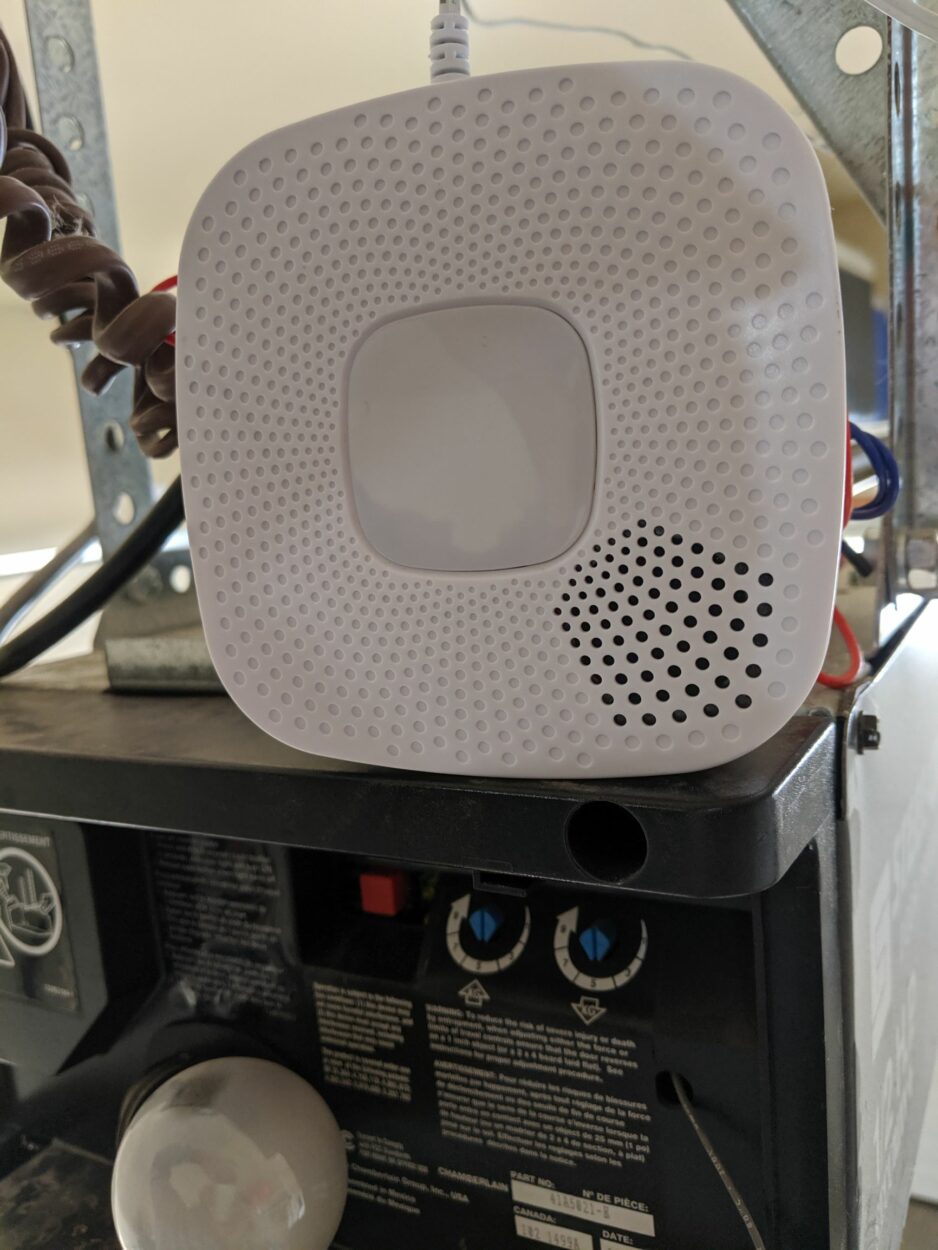When it comes to troubleshooting lacklustre internet connection on your devices, there are a few simple steps you can take to get things running smoothly again.
A poor internet connection may be caused by many different factors, ranging from interference from other wireless networks to outdated hardware and software.


1. Check your physical connections:
Make sure all cables and wires attached to your modem or router are plugged in firmly and securely.
This includes the power cord, Ethernet cable, and phone line (if using DSL).
2. Turn off Wi-Fi Protected Setup (WPS):
WPS can cause problems with the performance of your network if enabled on both your router and device.
Try disabling it on one or both to see if that helps improve the connection quality. You should be fine with figuring out how to open router settings and modify them.
3. Reboot everything:
If all of your cables are connected correctly and WPS is disabled, try rebooting all of your devices – including the modem, router, and any computers or smartphones connected to the network.
Sometimes this is all it takes to restore a stable internet connection.
4. Update firmware:
Firmware updates can help patch security holes and add new features that improve the device’s performance.
Ensure you regularly check for updates and install them as soon as they become available.
5. Use a wired connection:
If the possible switch from using Wi-Fi to using Ethernet cables instead whenever you can as this will provide more reliable speeds at all times than an unstable wireless network could provide.
6. Change wireless channels:
Wireless networks often experience interference when too many people in one area are using the same channel as you – this is especially true in densely populated areas like cities or apartment complexes where dozens of routers may be competing for bandwidth on a single channel simultaneously.
Try changing channels within your router settings by picking one less crowded than what you’re already on – this should help reduce congestion problems leading to better speeds during peak times of day when everyone else is online too.
7. Change frequencies:
Dual-band routers allow users to toggle between two different frequencies, 2.4 GHz and 5 GHz which each offer different levels of speed, range, and reliability depending upon the environment they are used in;
Lower frequency bands such as 2.4GHz typically have slower speeds but work better over longer distances while higher frequency bands like 5GHz tend to have faster speeds though they cover only over shorter distances, so experiment with each setting until you find which works best for you.
8. Monitor CPU usage:
Your computer’s processor plays an important role in how well it runs programs.
If its processor is overloaded with multiple tasks, then it won’t be able to dedicate enough resources towards providing a good quality internet connection so be sure there aren’t too many unnecessary applications running in the background before trying again.
9. Connect via Ethernet:
If all else fails, try connecting directly from your device (e..g laptop or smartphone) to the modem/router via an Ethernet cable.
It should prove that no external factors interfere with the connection because it bypasses any possibility of interference due to wireless signals which could potentially weaken signal strength significantly over time.
Ethernet also makes troubleshooting easier since there’s only one hop between devices rather than multiple hops wirelessly which can lead to confusion if something goes wrong along the way.
10. Check DNS Settings:
The Domain Name System (DNS) helps translate IP addresses into words we use every day.
If incorrect DNS settings were set up, websites might take longer than normal to load pages, mainly because they weren’t initially managed the right way.
Therefore, confirm that these settings are correct before troubleshooting any further.
11. Check for viruses:
While rare nowadays, largely thanks to antivirus software readily available everywhere, having viruses present on a device can still drastically slow down overall speeds, so always run virus scans routinely just in case something has slipped through unnoticed previously.
It only takes a few minutes out of every day but could mean huge differences later down the road, so don’t forget about this step during routine maintenance sessions.
12. Contact Service Provider:
Finally, if neither of these options has worked, then contact your service provider immediately for assistance or further information about how they can fix the issue at hand.
Companies such as Comcast Xfinity offer 24/7 customer support lines dedicated to helping customers resolve technical problems quickly and without hassle, so make sure to reach out to them first before anything else.
Click here to view the Visual Story Version of this Article.


